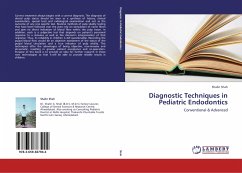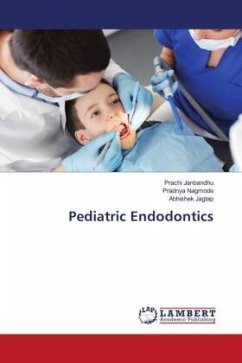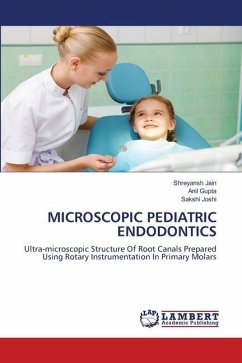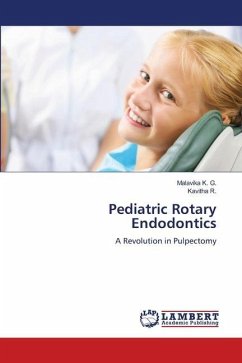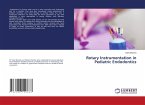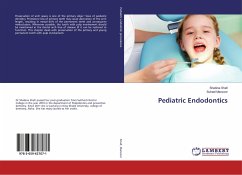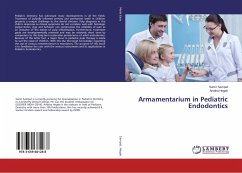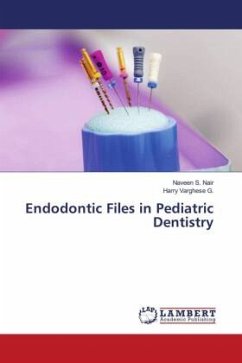Correct treatment always begins with a correct diagnosis. The diagnosis of dental pulp status should be seen as a synthesis of history, clinical examination, special tests and radiological examination and not as the outcome of any one specific test. Routine methods of pulp vitality testing that have been followed over the years rely on stimulation of nerve fibres and give no direct indication of blood flow within the pulp tissue. In addition, each is a subjective test that depends on patient s perceived response to a stimulus as well as the clinician s interpretation of that response. Thus, its reliability in children is still questionable. Recording the pulpal blood flow would be an objective assessment of the status of the pulpal blood circulation and a true indicator of pulp vitality. This techniques offer the advantages of being objective, non-invasive and atraumatic, resulting in greater patient acceptance and co-operation. Purpose of this book is to provide an idea for further research in these new technologies so that it will be able to provide reliable results in children.

